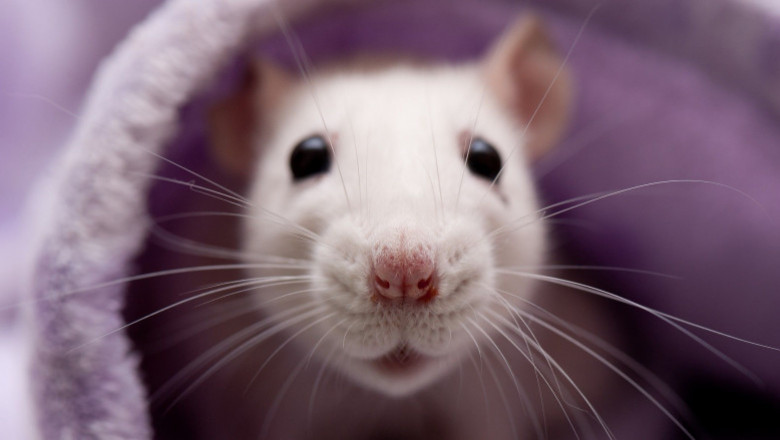views
Understanding Rats: Habits, Risks, and Control at Home
Rats are among the most common and persistent pests encountered in both urban and rural settings. Known for their adaptability and survival instincts, rats have long thrived in close proximity to human habitats. While some people may view them as just an occasional nuisance, the reality is that rats pose significant health, safety, and structural risks—especially when they invade residential spaces.
The Nature of Rats
Rats are nocturnal rodents known for their sharp teeth, burrowing abilities, and extraordinary intelligence. The two most common types found in India are the Norway rat and the roof rat. These rodents typically seek food, water, and shelter, making homes, gardens, and even commercial spaces ideal environments.
Rats can squeeze through surprisingly small openings and are known to gnaw on wires, furniture, and even plastic pipes. Their destructive nature makes them a serious threat to household infrastructure. Moreover, rats reproduce rapidly, with a single pair potentially multiplying into hundreds within a year if not controlled.
Health Hazards
One of the major concerns associated with rats is their ability to spread diseases. Rats can transmit pathogens through their urine, droppings, saliva, and the fleas or mites they carry. Diseases such as leptospirosis, salmonella, hantavirus, and even rat-bite fever have been linked to infestations.
In addition to spreading illnesses, rats can contaminate food sources and create unsanitary living conditions. Their nesting materials, such as shredded paper or cloth, often harbor bacteria and allergens, posing risks particularly to children and those with respiratory issues.
Signs of a Rat Infestation
Homeowners should remain vigilant for signs of rat activity, which often include:
-
Droppings in corners or near food storage
-
Gnaw marks on wires, wood, or plastic
-
Scurrying noises in walls or ceilings, especially at night
-
Nests made of shredded materials in hidden areas
-
Unusual pet behavior, as cats and dogs can sense rodents
If any of these signs are noticed, immediate action is essential to prevent the problem from escalating.
Preventing and Managing Rats at Home
Prevention is always better than cure when it comes to pest control. Simple actions such as sealing entry points, storing food in airtight containers, maintaining cleanliness, and trimming outdoor vegetation can deter rats from entering the premises.
In cases of infestation, homeowners should consider professional pest control services. These experts can assess the level of infestation, identify access points, and apply appropriate treatment methods to eliminate the rodents effectively.
Homebuyers Beware
If you're in the market for a new home, it’s wise to inspect for any signs of past or present pest issues. Structural damage, odor, and visible droppings are red flags that shouldn't be ignored. Reputable real estate platforms like HexaHome.in can help buyers find well-maintained, secure properties that are less likely to have such hidden issues.
Final Thoughts
Rats are more than just a household nuisance—they are a health risk and a destructive force when left unchecked. Proactive prevention, regular inspections, and timely interventions are key to ensuring a rat-free home. Whether you're a homeowner or looking to invest in property, always prioritize cleanliness and safety.














Comments
0 comment